CarPlay Offers Limited, Glitchy iPhone/Auto Integration
My iPhone 6s Plus is an indispensable companion in the car. It’s a navigator, a podcast player, a jukebox, a telephone, and more.
Since my humble Mazda 5 lacks a touchscreen like those in fancier cars, my iPhone has filled this role while installed on the dash or windshield via a third-party mount.
I’m satisfied with this, but for those buying a new car this year, Apple has a supposedly better way: CarPlay.
In a collaboration between Apple and an assortment of car makers, iPhone functions are now accessible right on those touchscreens. This occurs when the iPhone is connected to the vehicle via USB, turning the car into a gigantic phone accessory. CarPlay works with models going back to the iPhone 5.
The car’s native touchscreen features don’t go away. Instead, CarPlay becomes one more option — an app, essentially, mixed in among other apps the auto maker provides. (The same is true for Android users in vehicles supporting Google’s Android Auto, a CarPlay competitor.)
In the on-loan Buick Regal luxury sedan and Chevrolet Silverado truck that I used to research this article, drivers have a sophisticated suite of touch controls called, depending on the car make, IntelliLink or MyLink. When an iPhone is connected via USB, a CarPlay button materializes among Chevy’s other options. Think of it as an operating system within an operating system.
Here’s how that looks on the Regal.
And on the Silverado.
Tapping the CarPlay icon fires up familiar options for phone calling, messages, navigation, music, audiobooks, and more. The interface is customized for drivers, much as the Apple TV interface is tailored to couch potatoes. CarPlay icons and menu options are bigger and easier to tap than those on the iPhone.
Most of CarPlay’s capabilities can also be controlled using Siri. You can ask Siri to play music, open apps, find directions, initiate phone calls, dictate text messages, and more.
Apple intentionally limited CarPlay in a lot of ways, in order to omit potentially hazardous features. You can’t play videos via the CarPlay flavors of Apple’s Podcasts and Music apps, for instance.
At the same time, CarPlay significantly boosts a car’s infotainment capabilities via CarPlay-savvy apps such as Audible, iHeartRadio, NPR One, Pandora, Spotify, Stitcher, TuneIn Radio, and Marco Arment’s podcast player Overcast. If an app that supports CarPlay is on the iPhone, that app shows up on the console. I found fewer than 20 CarPlay apps, but even that pitiful showing is better than the number of native IntelliLink/MyLink apps Chevrolet offers (Pandora and XM Radio are pretty much it for third-party services).
CarPlay was announced in its current form in March 2014, though the concept had been in the works for a number of years. The technology has been agonizingly slow to show up in vehicles available to the public, but is now finally becoming more prevalent.
Just in recent weeks, Ford, Fiat Chrysler, and Hyundai announced they’d be making CarPlay broadly available in 2016, joining General Motors, Honda, Volkswagen, and others. Chevrolet claims it makes available more 2016 models with CarPlay (and Android Auto) than any other automotive brand.
According to Apple, almost every major car maker has released or will soon release autos with CarPlay.
CarPlay is also available as an aftermarket option via replacement head units from companies like Alpine, Kenwood, and Pioneer.
In my CarPlay testing over two weeks — one with the Silverado, another with the Regal — I found it to be equal parts enjoyable and frustrating. On the plus side, I vastly preferred using an Apple-designed interface over the one provided by the car maker. What iPhone user wouldn’t? At the same time, CarPlay’s simplified nature irked me after having used a full-featured iPhone in my car for years.
The touchscreens in my test cars weren’t up to Apple specs, either, with sub-Retina resolutions and less-responsive surfaces. The Regal display performed better than the one in the Silverado, but both pale in comparison to iOS device screens.
In addition, my CarPlay use was occasionally marred by hanging apps, blank screens, and other glitches.
As I used CarPlay, I kept thinking that my iPhone screen is better in almost every way, save for its smaller size. I’m pretty happy with the third-party mounts I’ve used with my iPhone, but for others, CarPlay’s use of the built-in touchscreen might be a significant usability win in terms of placement and proximity.
CarPlay Tour — The CarPlay interface is simple — mostly in a good way.
It consists mainly of seven Apple-app icons: Phone, Music, Maps, Messages, Now Playing, Podcasts, and Audiobooks (in that order) on a grid two icons tall and four wide. A Home button sits in the lower left. Above that is the time along with cellular and Wi-Fi reception readouts.
As CarPlay-compatible apps are installed on the phone, they show up on the auto’s console. One third-party app filled the last berth on my home screen, and additional apps took up residence on the second and third screens. Annoyingly, third-party apps are sorted alphabetically and cannot be manually rearranged across the various screens.
Moving among screens was intuitive, with left and right swipes, though the subpar responsiveness of the car touchscreens made even such simple swipes annoying at times.
CarPlay versions of Apple and third-party apps have consistent, more-generic interfaces compared to their iPhone versions. Apps also tend to be light on features compared to their full iPhone equivalents. This is good, in the sense of reducing complexity in an environment with far too many distractions, but it also makes the CarPlay experience a bit bland.
For instance, in Messages, there’s no option to type in new messages on the screen or to see old ones in text form. All that’s displayed is a list of people with whom you have interacted recently. Siri reads you messages from those people and prompts you to dictate your replies. There’s also an onscreen compose button, which fires up Siri, or you can access Siri by pressing and holding a physical Siri button built into the steering wheel.
The Audiobooks app is minimalist, too, showing just a list of the audiobooks you’ve bought. Tap one, or ask for it via Siri, and it starts playing. The app does not narrate text-based iBooks.
Maps is another exercise in simplicity. Your location is shown on a map, and there are simple zoom and pan controls along with a 3D option. You can’t use pinch-to-zoom as you’d expect.
Maps provides turn-by-turn directions, audibly and on screen, along with traffic conditions and travel times. It also shows a list of recent destinations; tap one to fire up driving directions.
Routing a fresh trip happens via Siri. Again, there’s no typing required.
When routing is in progress and the motorist shifts to another app (Overcast shown below), a Maps shortcut icon appears on the upper left of the display to make getting back easier.
Apple’s mapping looks fantastic on the Regal’s display — much nicer than the built-in navigation features in most cars I’ve seen.
A recently released iOS 9.3 beta adds a Nearby option to CarPlay screens for those wanting tips on nearby restaurants, gasoline stations, coffee shops, hotels, parking lots, supermarkets, and more.
The CarPlay version of the Phone app provides a keypad for initiating voice calls, along with tappable lists of favorites, recents, and voicemails. Drivers can use Siri to initiate calls, return missed calls, and access voicemail.
The Music app is somewhat more elaborate, especially now that the Apple Music streaming service is part of the mix. My purchased songs, along with all of my iTunes and Apple Music playlists, were just a tap or two away.
So were all my radio stations — including Apple Music’s signature Beats 1.
But much of Apple Music was inaccessible to me during my testing. To get at For You, New, Connect, and other features, I needed my iPhone. That’s good — the mental concentration required to navigate Apple’s ludicrously complex music interfaces would send most drivers into the ditch. Unfortunately for them, the new iOS 9.3 beta adds New and For You to the CarPlay auto displays.
I could not, of course, watch A-ha’s “Take On Me,” the best music video ever made (yes, I’m a child of the 1980s), and one I had been watching obsessively on my MacBook, iPhone, and iPad. I own the video, but CarPlay wouldn’t permit me to display it on my Regal console for safety reasons. That’s true even if the car is stopped (idling or even parked).
It is much the same with the Podcasts app. While the iPhone version of the app has access to both audio and video podcasts, the CarPlay version is audio-only. No matter; it’s a convenient way to fire up a decent show at random — like Serial or Stuff You Should Know — via the Top Charts section.
All of my podcast or station settings were available, as well.
Perhaps the handiest button on the CarPlay interface is also the simplest: Now Playing. It’s self-explanatory — a tap of the button displays your audio selection’s player, with its rewind, fast-forward and play/pause buttons. But you first must press the home button in order to access the Now Playing button on the CarPlay home screen.
The Now Playing button is important because of third-party apps, which make CarPlay more of a menu maze. Some third-party apps are executed better than others, though CarPlay’s inherent simplicity doesn’t allow for dramatic variations.
CBS News annoyed me. I wanted to queue up Tim Cook’s 60 Minutes interview last month (just the audio, of course), but the app showed only episode dates, not subjects. Not helpful. And what’s the deal with the all-caps title?
Marco Arment’s Overcast, not surprisingly, is more pleasant. The corresponding iOS and Web versions of Overcast are quite simple, so the minimalist CarPlay version isn’t jarring. Playlists and Podcasts are the only top-level choices.
Tapping Podcasts, I got a basic and easy-to-navigate show list.
When I tapped one of the podcasts, Overcast pulled up that show’s most recent episodes.
CarPlay is important for iPhone-toting drivers because it offers choice in a variety of categories. Audiobook fans, for instance, not only score Apple’s Audiobooks but also Audible, AudioBooks.com, and Free Audiobooks.
At one point I was raptly listening to Isaac Asimov’s science-fiction masterpiece “The Foundation Trilogy” using Free Audiobooks without paying a dime. How cool is that?
Other third-party apps in my regular rotation included Stitcher for podcasts, Pandora for music, and TuneIn Radio — which I prefer over arch-rival iHeartRadio — for terrestrial radio streaming.
I have long been fond of TuneIn on mobile and desktop because of its ample audio selections, including music, audiobooks, podcasts, newscasts and more, along with its exemplary design. I was not surprised to find its CarPlay app has been executed impeccably.
National Public Radio’s NPR One app was just updated to include CarPlay support.
NPR One’s CarPlay features include Catch Up to fire up the latest newscasts, Recommendations to scan a curated list of new stories and podcast episodes, Featured Shows listing top NPR and affiliate shows, and Followed to see favorited shows.
This is all great, but (as with other streaming apps, regardless of whether you use them on the iPhone or a car screen), keep an eye on your cellular usage to make sure you don’t end up with a giant bill.
CarPlay Problems — Using CarPlay, however, was an exercise in frustration at times… at least in my experience.
Glitches during my tests were all too common. Sometimes the apps threw up mysteriously blank screens.
Other times, apps would churn and churn for no apparent reason.
It was not clear to me whether such anomalies were app-specific or due to momentary interruptions in the data continually flowing to the iPhone via cellular or (less frequently) Wi-Fi connections. It could have been a bit of both.
Siri was another pain point. Activating it was simple enough: autos with integrated Siri typically include that steering-wheel button. You can also press and hold the CarPlay home button on the screen.
But my inability to make Siri do my bidding was stark, and I all but gave up on it. It misunderstood pretty much everything I uttered, even commands that Siri on my iPhone handled with aplomb. When I asked CarPlay’s Siri to pull up a 1980s New Wave playlist, for example, it kept offering me a Police playlist — same musical era, OK, but not what I requested. That’s confusing — why should Siri be any different? Plus, Siri can’t control third-party apps, which limits its usefulness.
Chevrolet offers its own voice assistant (which doesn’t have a name, as far as I know), and it worked better. That’s surprising — Siri is generally better than built-in systems.
Engaging in CarPlay-initiated phone conversations while driving also proved problematic since the person on the other end often could not make out what I said. That’s likely an indictment of the audio hardware in the cars, rather than of CarPlay, but it was still disappointing.
CarPlay isn’t executed identically by all car makers, and some have done a better job than others. In my test cars, for instance, I could have my messages read to me, but I couldn’t pick which ones. I’m told other auto makers give users more control, enabling drivers to see who texts are from and control which to read. Subject lines of email messages are provided, too.
In some vehicles, CarPlay can be controlled via knobs or buttons. This wasn’t true of my loaner vehicles, though it would have been a huge relief in some situations.
My bigger problem with CarPlay was my nonstop urge to switch back to my iPhone as my primary car interface.
Though smaller and a bit trickier to manipulate in a car cabin, the iPhone 6s Plus is a no-compromise device. The touchscreen is far better, all app features are available, and it’s generally easier for me to use after years of developing muscle memory with its various features. In some cases, it can be placed closer to me than the console-based touchscreens, too. It’s certainly possible for me to do things that I shouldn’t while driving, but I have sufficient self-control to abstain from such activities.
By comparison, CarPlay feels like a least-common-denominator solution in many respects, despite having been designed by Apple. Much of that is due to being simplified for safety reasons, and, no doubt, because the car-driving audience may be less technical even than novice iPhone or iPad users.
Should You CarPlay? — CarPlay remains a work in progress. Currently, it works only when the iPhone is physically jacked into a car USB port. Connecting via Bluetooth offers even more limited functionality, including Siri and phone calls, but the on-screen CarPlay features don’t work.
Wireless CarPlay is almost certainly coming. In fact, Volkswagen claimed it had wireless CarPlay to show at the recent Consumer Electronics Show in Las Vegas but said Apple put the kibosh on the demo — presumably since Apple wants to have its own unveiling in the near future.
CarPlay’s limitations raise the question: If you’re an iPhone user, and you’re in the market for a new car, should you make a buying decision based on whether CarPlay is or is not part of the package?
No. Buy the car you need based on other considerations, and if CarPlay happens to be included, it’s a nice bonus. Honestly, that’s a little depressing — I was secretly hoping that CarPlay would be so good that it would be something to seek out in a new car, or even a reason to want to buy a new car in general. Instead, I’ll just keep mounting my iPhone on my dash for now and we’ll see how many more miles I can get on the Mazda 5.
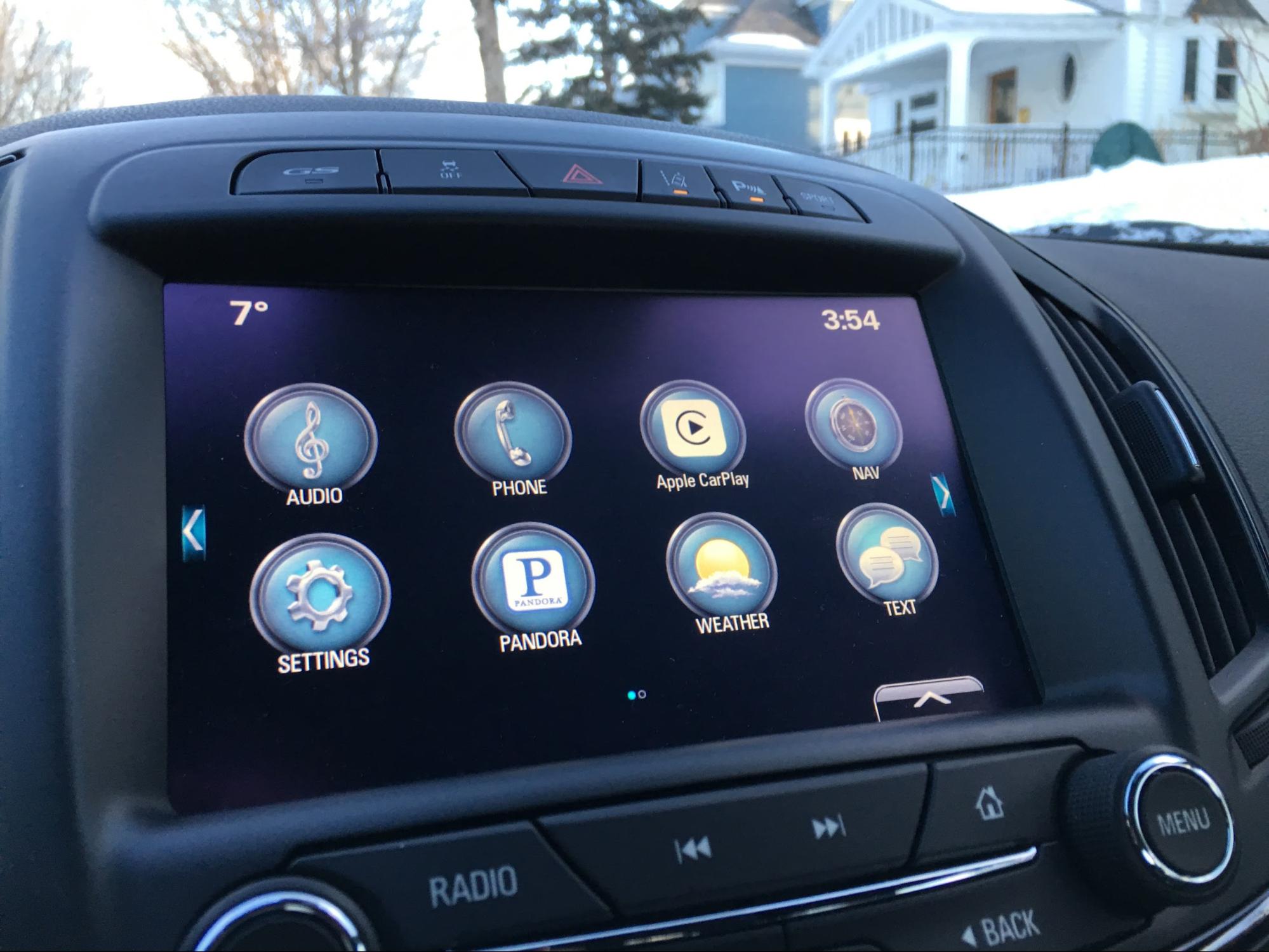
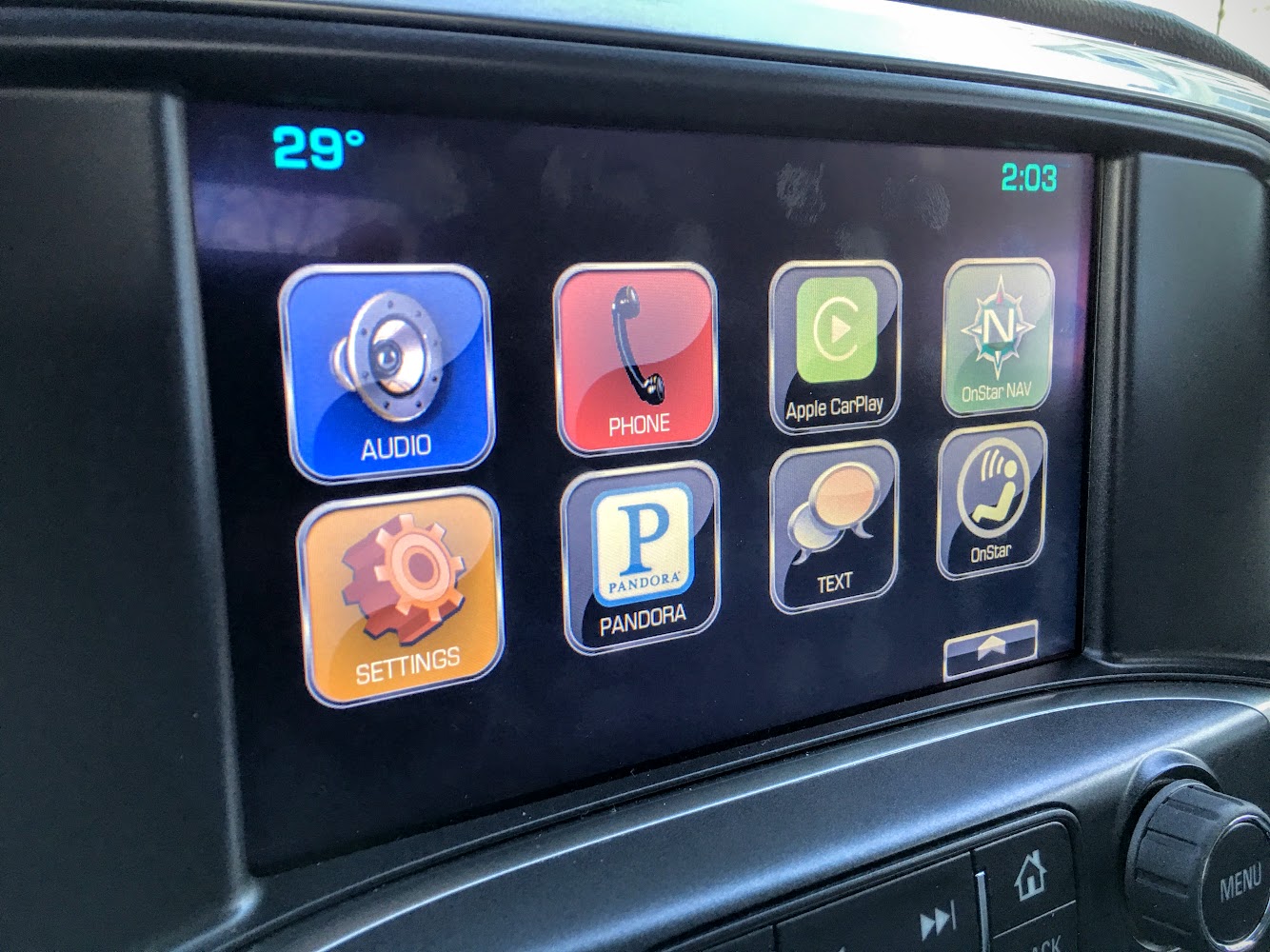
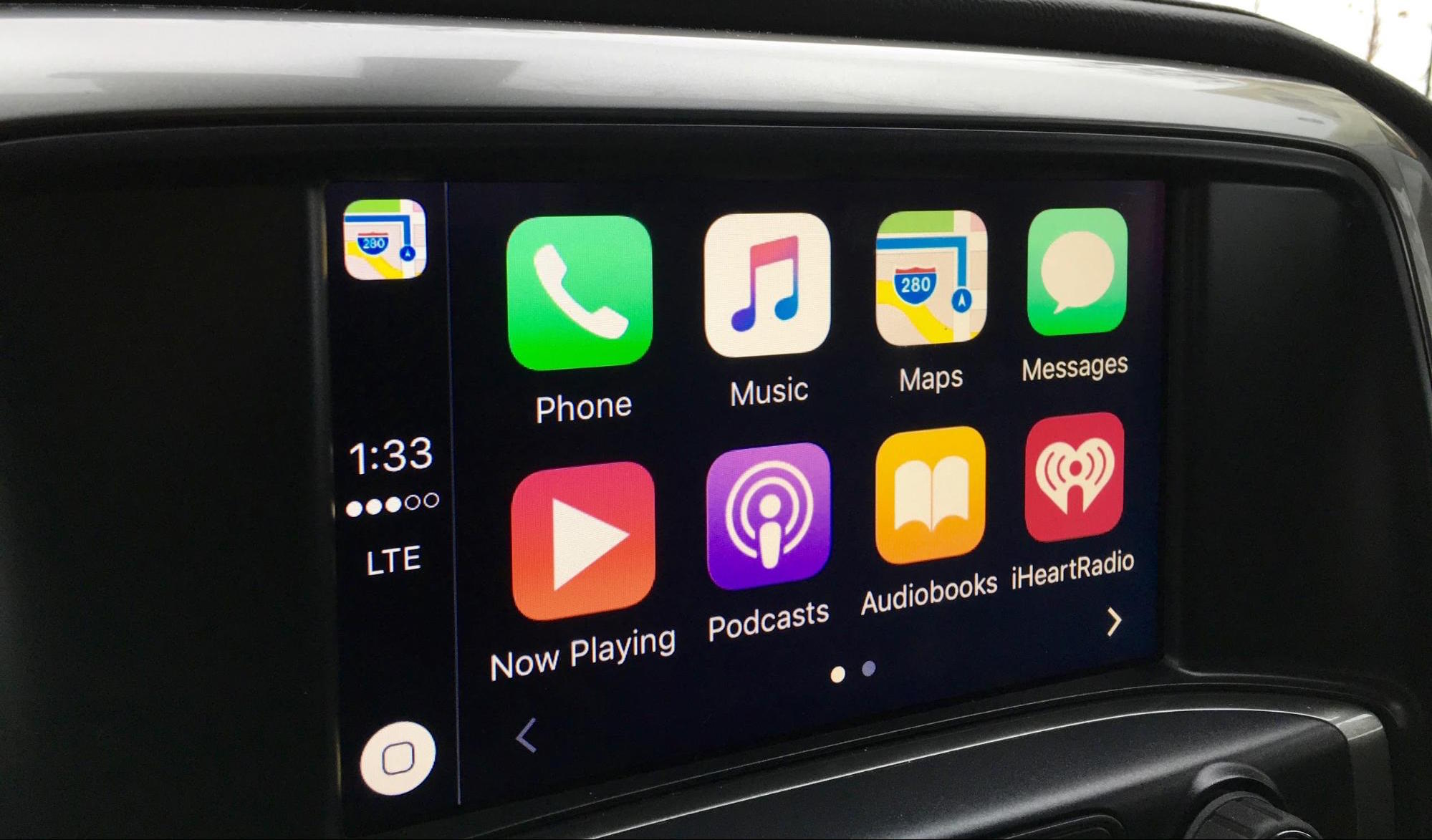
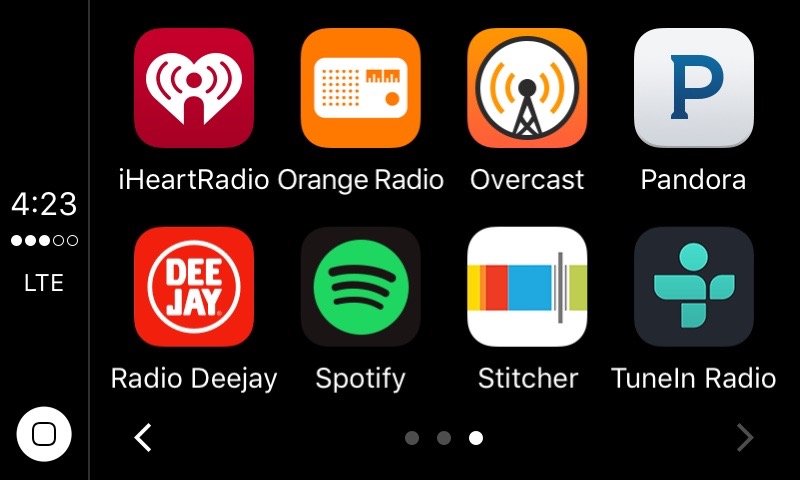
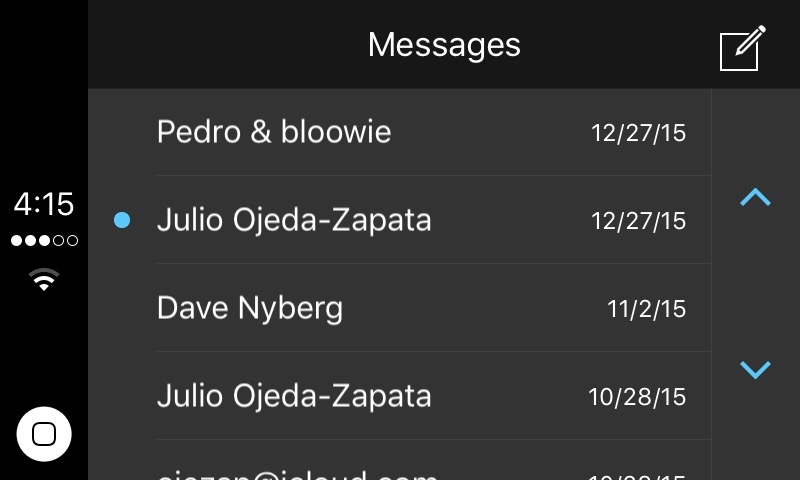
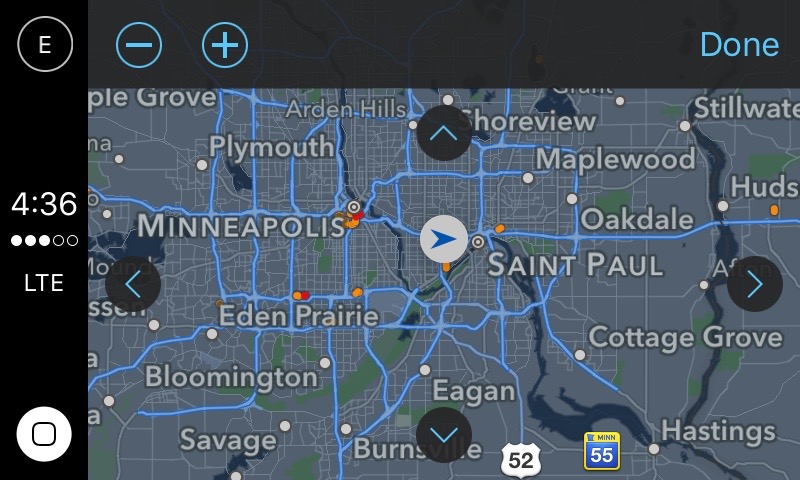


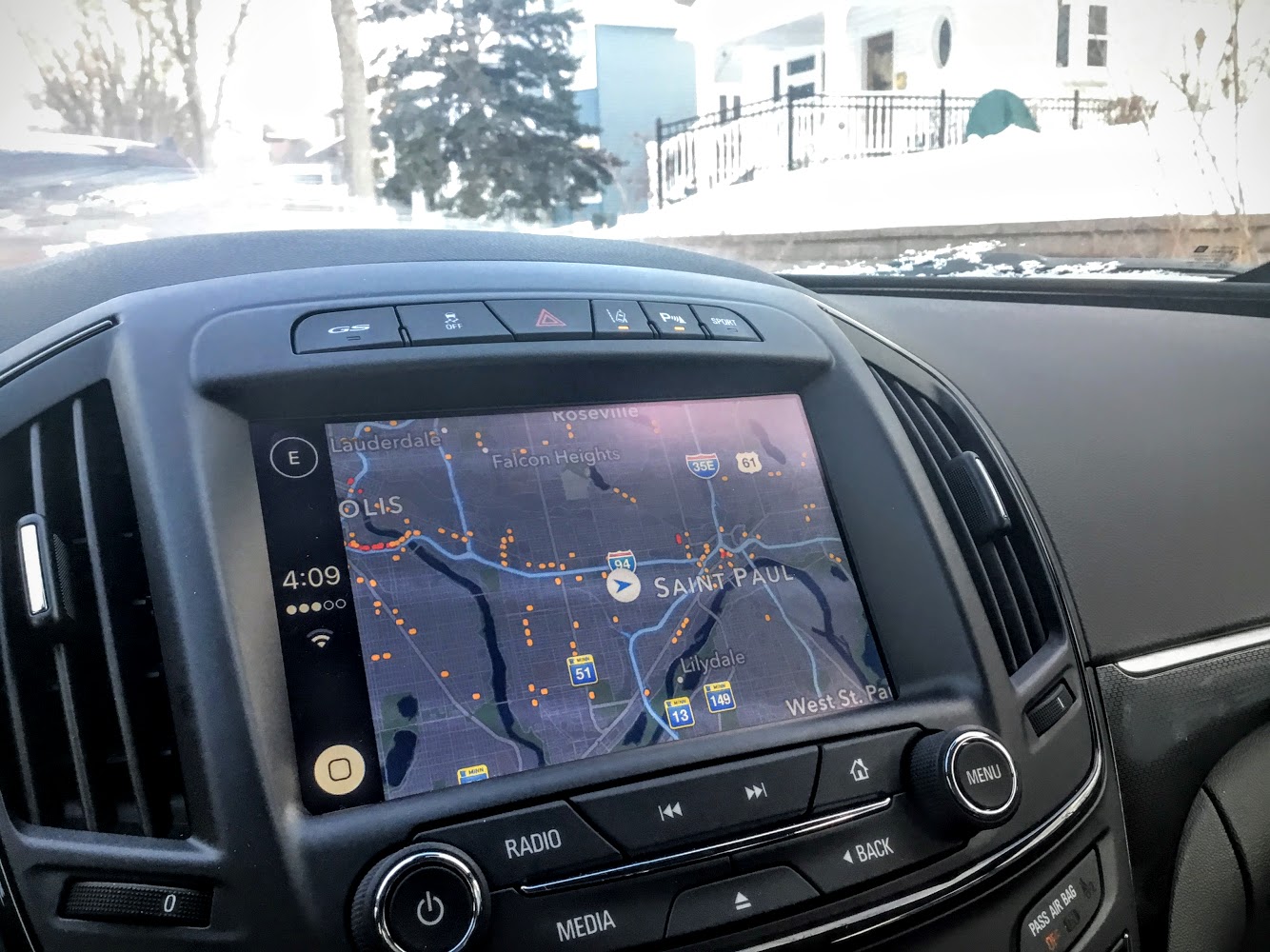
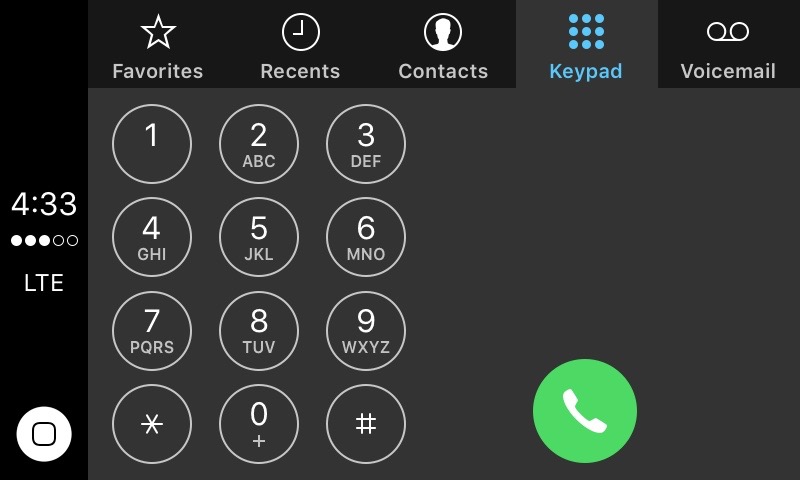
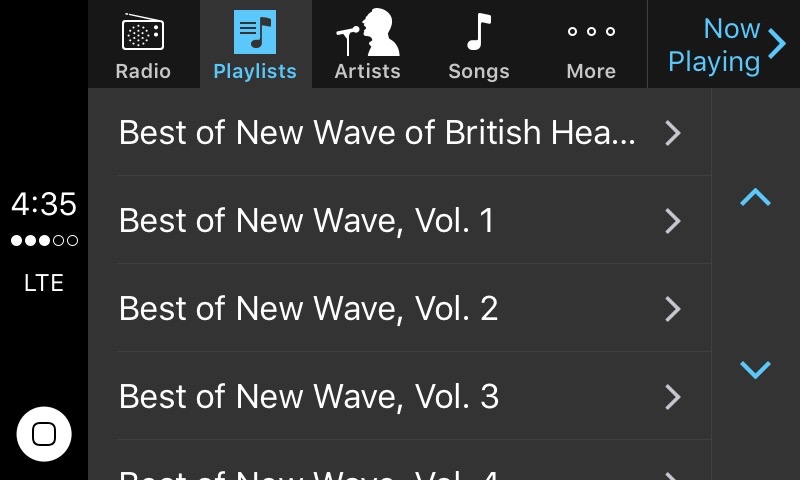
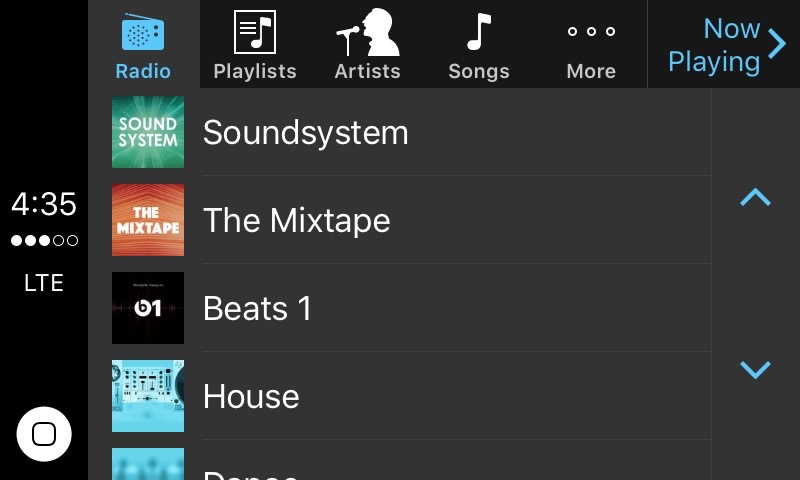
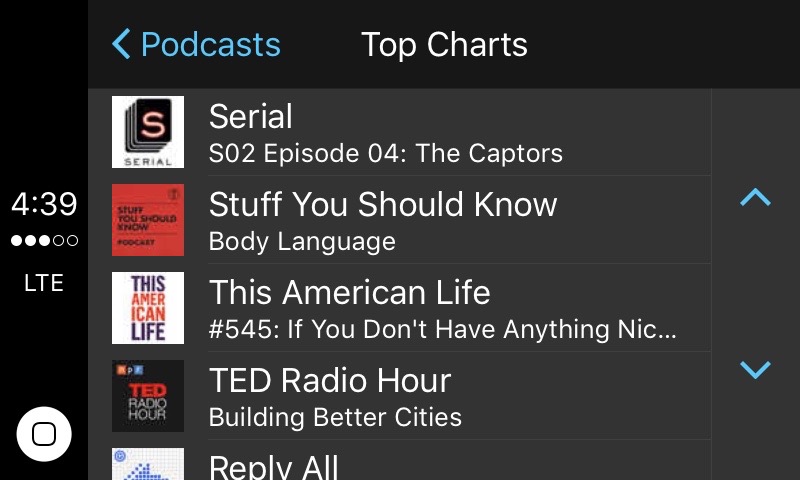

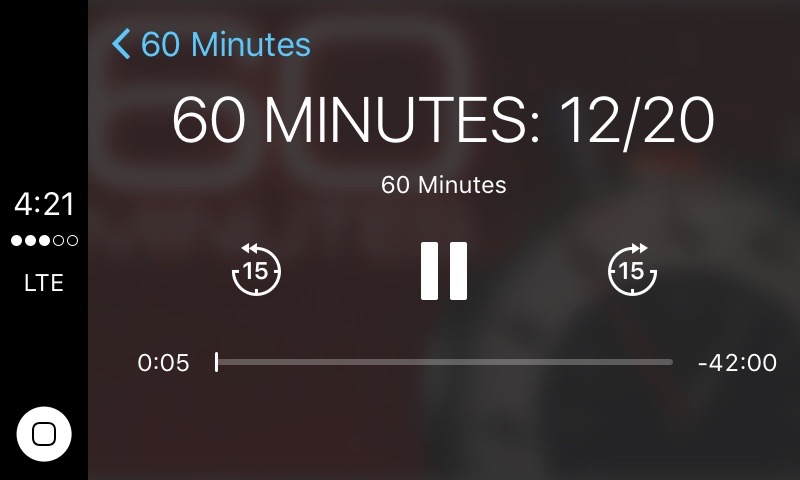
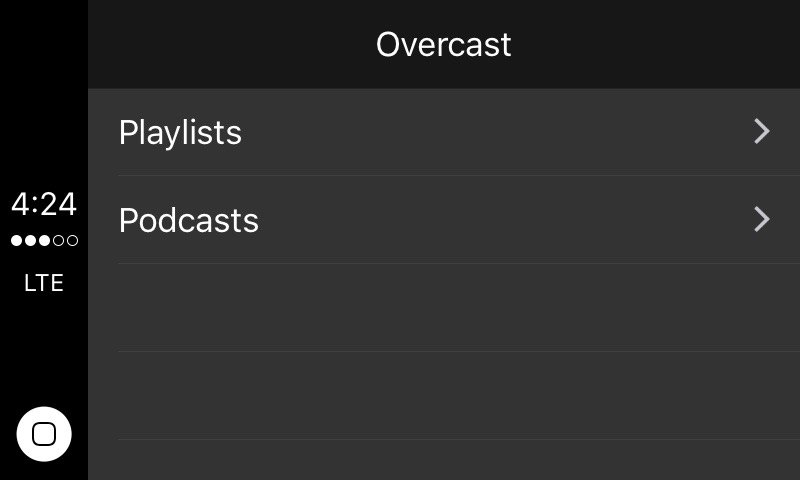
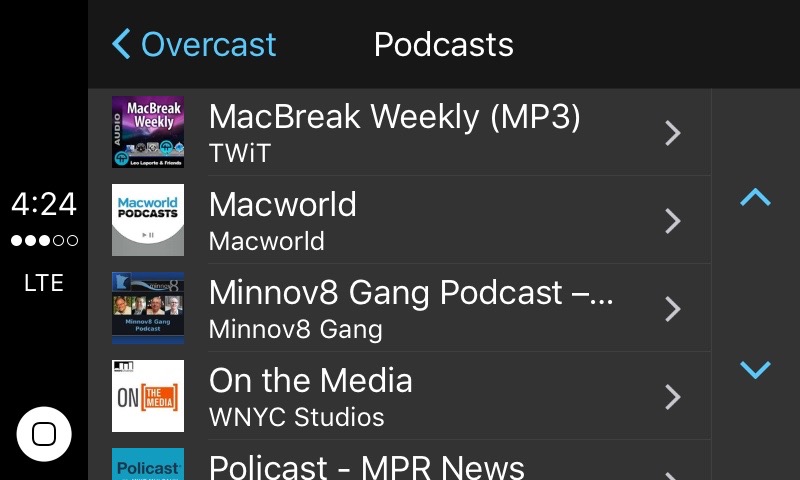
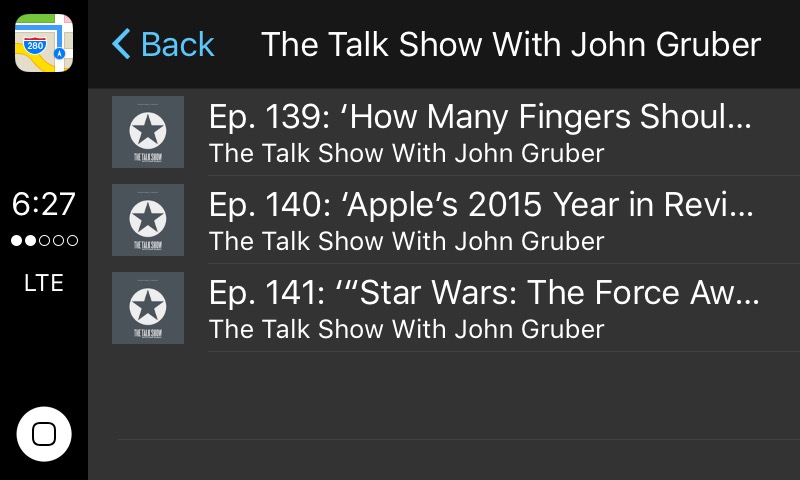

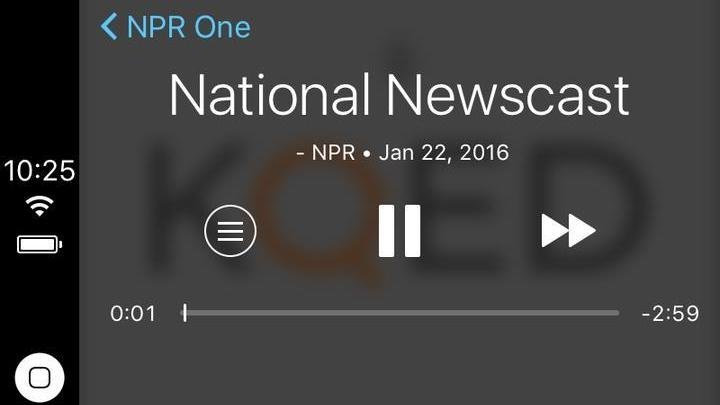
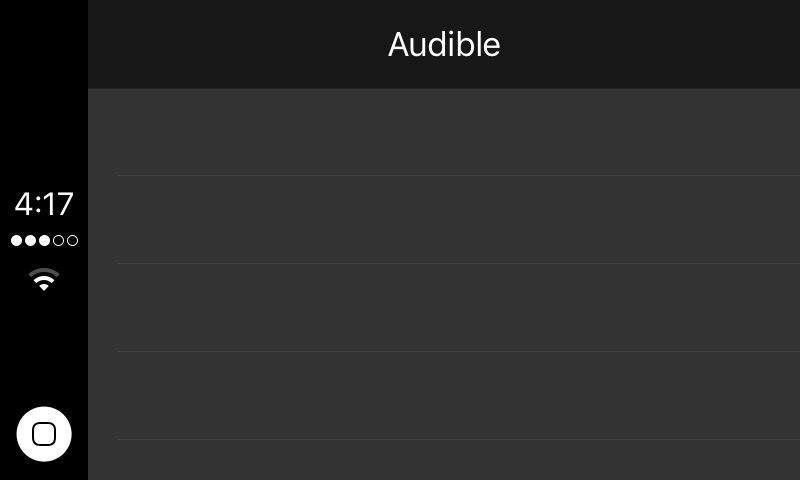
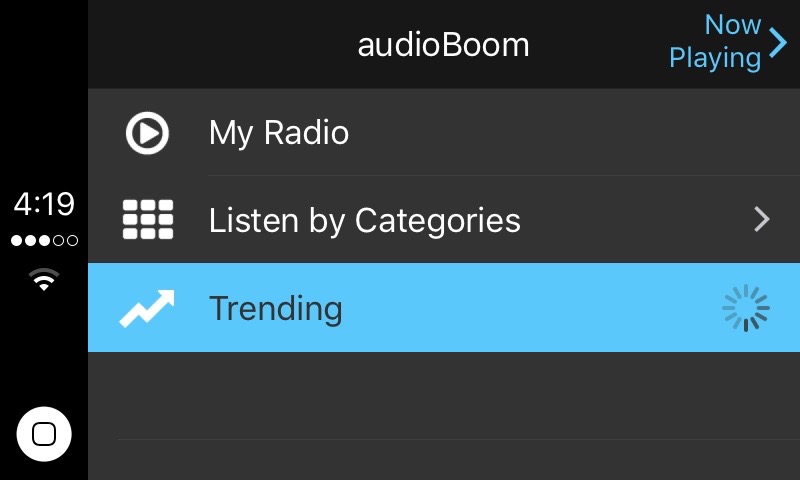
Good advice. Like you I've been using my iPhone (usually via Bluetooth) in various third party holders for years now. Several USB based forms of integration have come and gone, and in each case I've ultimately decided that the best interface for my iPhone is the iPhone itself.
I've been using Carplay in a 2006 Highlander via an after market installation with a device from Alpine. While CarPlay has been slow to get off the ground and hit a few bumps along the way, I think if you live in an Apple environment and you're going to spend a lot of money on a new car that you're going to keep for several years and you own an iPhone, then you need the electronics to be CarPlay compatible. CarPlay is only going to get better.
Many states already outlaw talking on your cell phone while driving. If you want to use your cell phone while driving then it must be integrated into your car electronics, and if you have an iPhone, then you're going to want CarPlay.
Yes it connects via USB, but hey, look at this way, your phone is charging while your drive.
I can't speak to the "built in" version of CarPlay in new cars, but I can say I'm very happy with the aftermarket install from Alpine.